When I was seven, I caught a herring with my hands from the beach beside my grandma’s house in my hometown of Sitka, Alaska. Herring marks the beginning of spring. Every April, the soft “herring rain” seemed to bring the fish into the sound, and I’d watch as the water turned milky and the shallows sparkled with swarming silver schools.
Sitkans gathered on the side of the road to watch the show of sea lions, whales, eagles and fishing boats competing in the million-dollar commercial sac roe fishery. All around the islands, people set out hemlock branches to collect masses of tiny, tasty eggs as part of an annual Tlingit ritual of community and abundance going back to time immemorial.
When I was 10, the fishery closed early for the first time in my life, due to low herring returns. I am now 18, and it hasn’t opened at all for two seasons. The fish that return now are smaller and far less abundant. The factors include ocean warming.
series linker
Three years ago, El Niño hit Alaska. The event is a warming of the Pacific ocean every three to five years according to a mostly unpredictable oscillation cycle. In 2015, 62,000 dead murres washed up on beaches in the Pacific Northwest, including around Sitka, and in total, an estimated one million of the birds died. Humpbacks, sea lions and other seabirds also experienced mass die offs.
El Niños are relatively “normal” cyclical events, but 2015’s was by far the worst, and presented a picture of what the ecological impacts of climate change could look like in the future.
Since then, I’ve seen more changes in Sitka’s environment. The alpine glaciers on our island shrank, snow forts became a distant memory, and summers got drier, to the point of drought. Year-to-year weather patterns have become unrecognizable: this year, we didn’t have snow until January, and when it finally came, it snowed over 2ft and we had our first snow-caused school cancellation in 20 years.
The alpine glaciers on our island shrank, snow forts became a distant memory, and summers got drier.
This summer has been the wettest in years, but last summer was the first drought I’ve ever experienced, which forced the nearby town of Ketchikan to use expensive diesel generators to supplement their hydropower supply. The drought was followed by a severe rain event. Incidents like these are becoming more common, and can cause deadly landslides, like one in 2015 that killed three people.
The state of our ocean is what worries me the most. Because of the unusual heat last summer, an algal bloom turned the ocean bright green. This year’s salmon runs, and salmon themselves, were smaller than usual. The sockeye salmon our family harvested this year were tiny compared to just a year ago, and some king salmon lengths have decreased by 10% between 1990 and 2010, due to climate change and increased ocean competition.
People have lived in this place, my home, for thousands of years, and the changes I’ve experienced are unprecedented in their rapidity and significance. To bear witness is disturbing. I also know that this is just the leading edge of what we have to look forward to if we do nothing to combat climate change.
What makes this situation beyond frustrating is that our elected leaders are doing little or nothing, or even making the problem worse.
Since 2001, the Roadless Rule has protected the Tongass National Forest, one of the nation’s largest carbon sinks, from road building and large scale logging (both large sources of carbon emissions). Also since 2001, Alaska’s governors have petitioned to remove those protections.


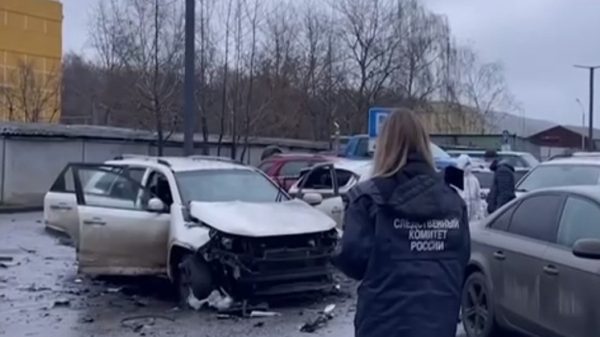

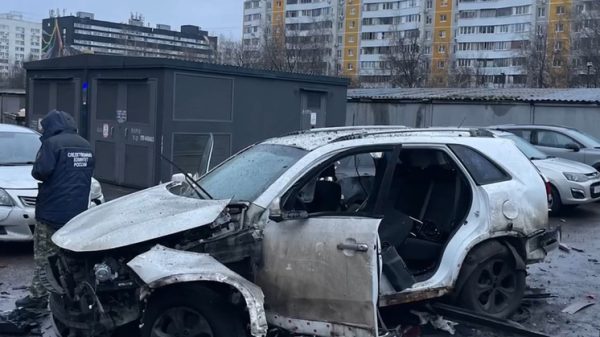



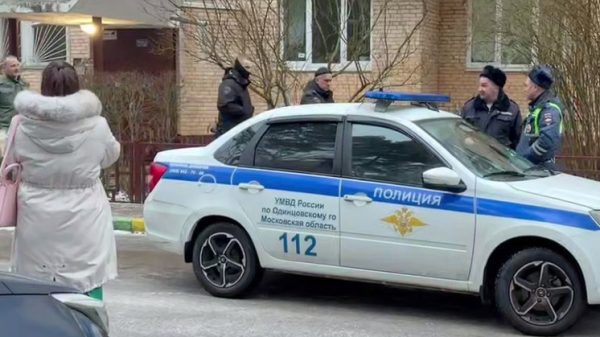




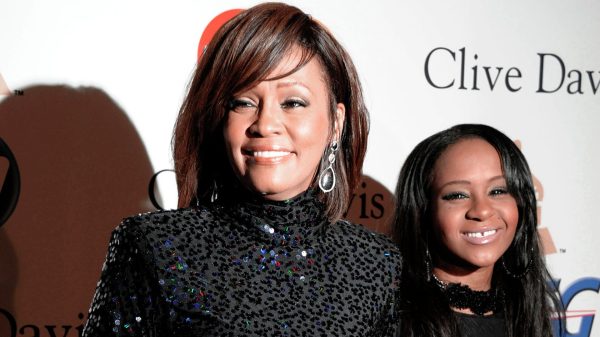

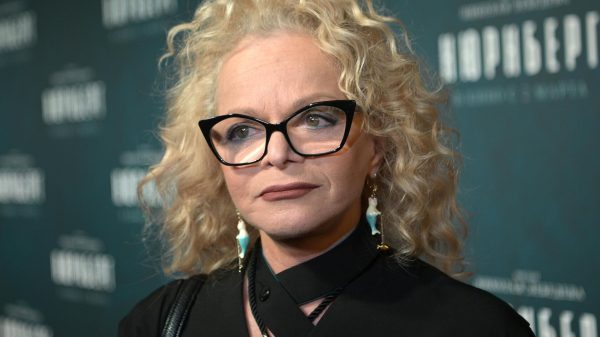

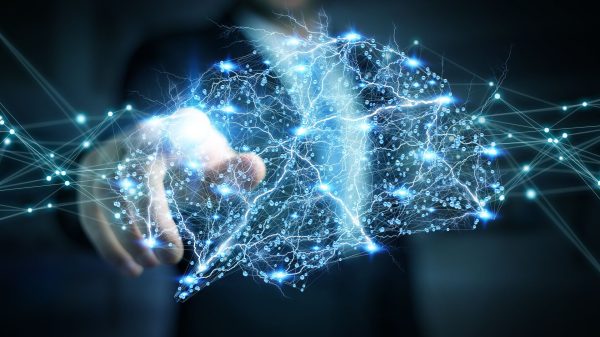

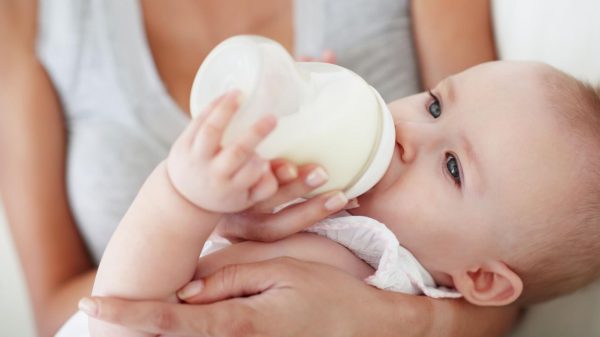
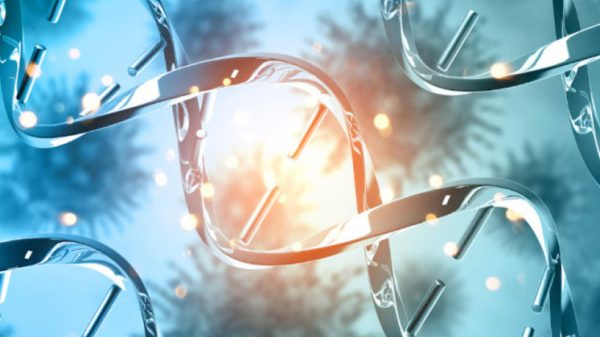
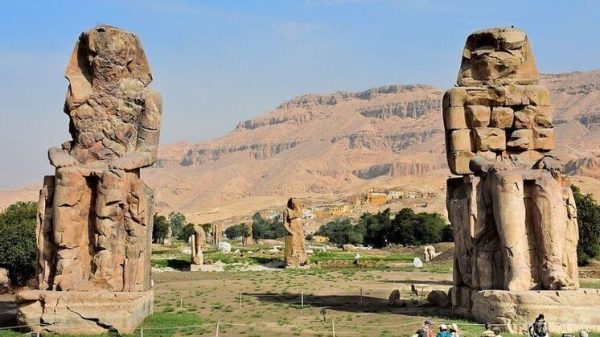










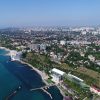
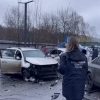

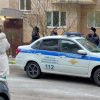
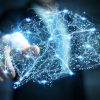

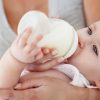









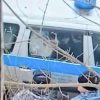




Свежие комментарии